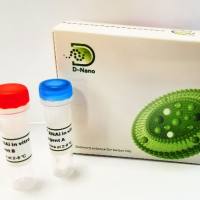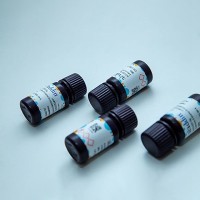In Vitro Autoradiographic Localization of Receptor-Stimulated [35S]GTPS Binding in Brain
互联网
640
Neurotransmitter receptors contain two main functional components: a ligand binding domain, which specifically recognizes the neurotransmitter, and a signaling component, which translates the binding of the neurotransmitter (or its agonists) into a physiological response. Radioligand binding assays represented a breakthrough in understanding the properties of these receptors in brain at the level of the ligand binding site, and the development of techniques like in vitro autoradiography of receptor binding allowed high-resolution analysis of the neuroanatomical localization of these receptors. However, these methodologies provide no information regarding the signal transduction component of these receptors, and in particular, cannot provide a true picture of the biological activity of receptors and of the efficacy of neurotransmitters and their agonists to produce a biological response. Even more recent methodological developments, like in situ hybridization of receptor mRNA, provide excellent localization of receptor gene expression, but also give little information about receptor coupling to intracellular signaling mechanisms. In order to address this question, techniques must be developed to allow for in vitro localization of receptor-mediated signal transduction.









